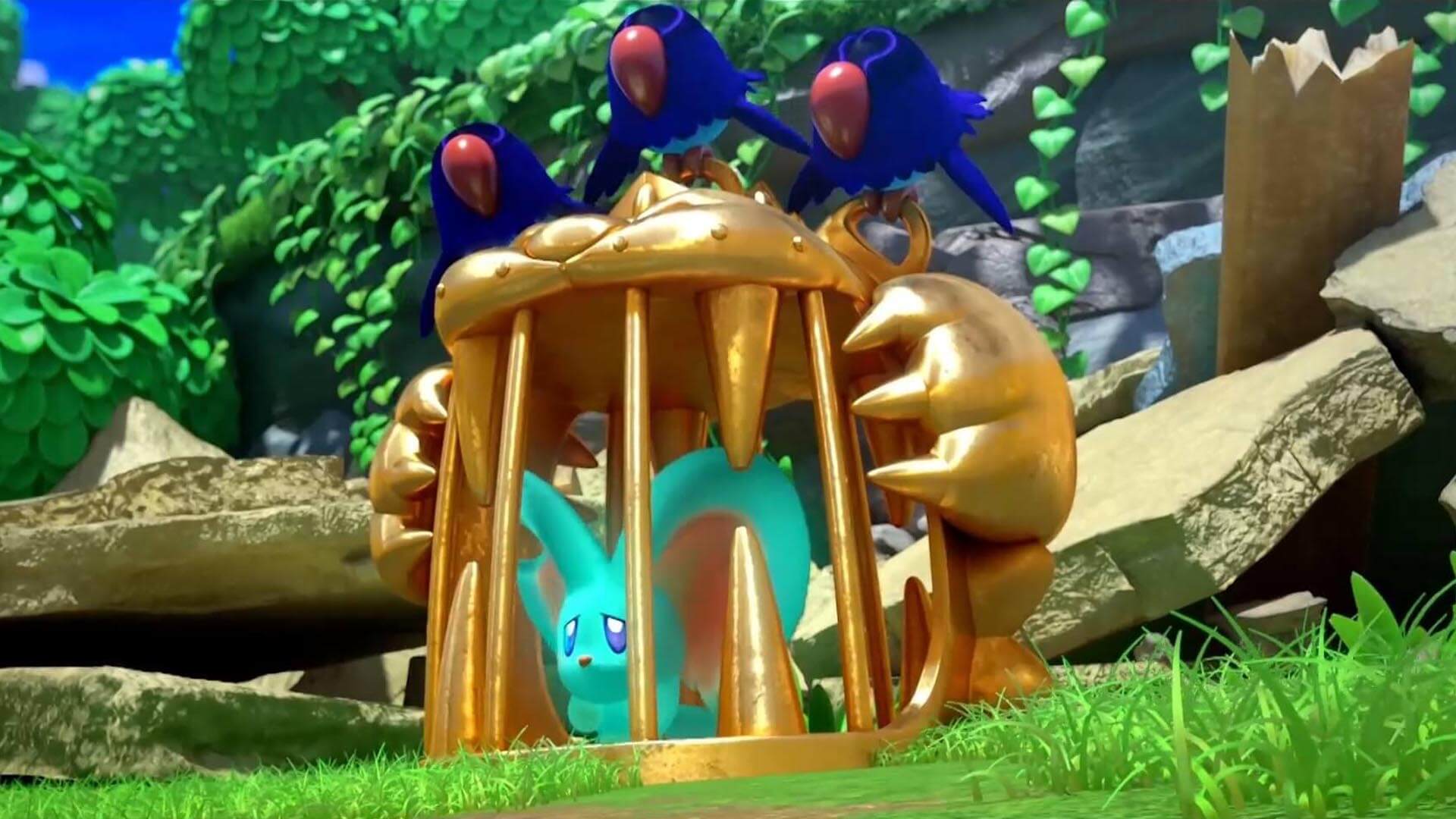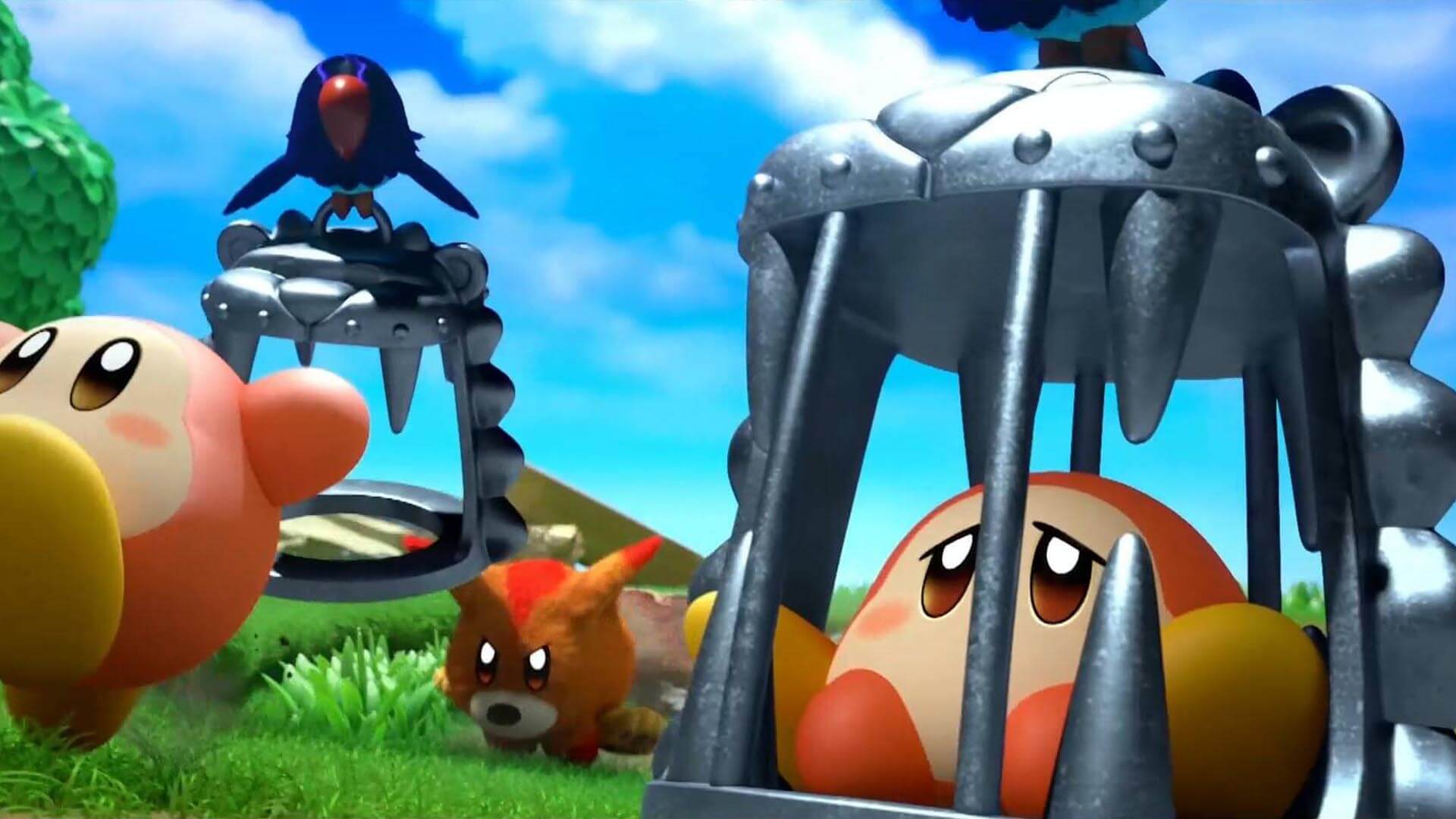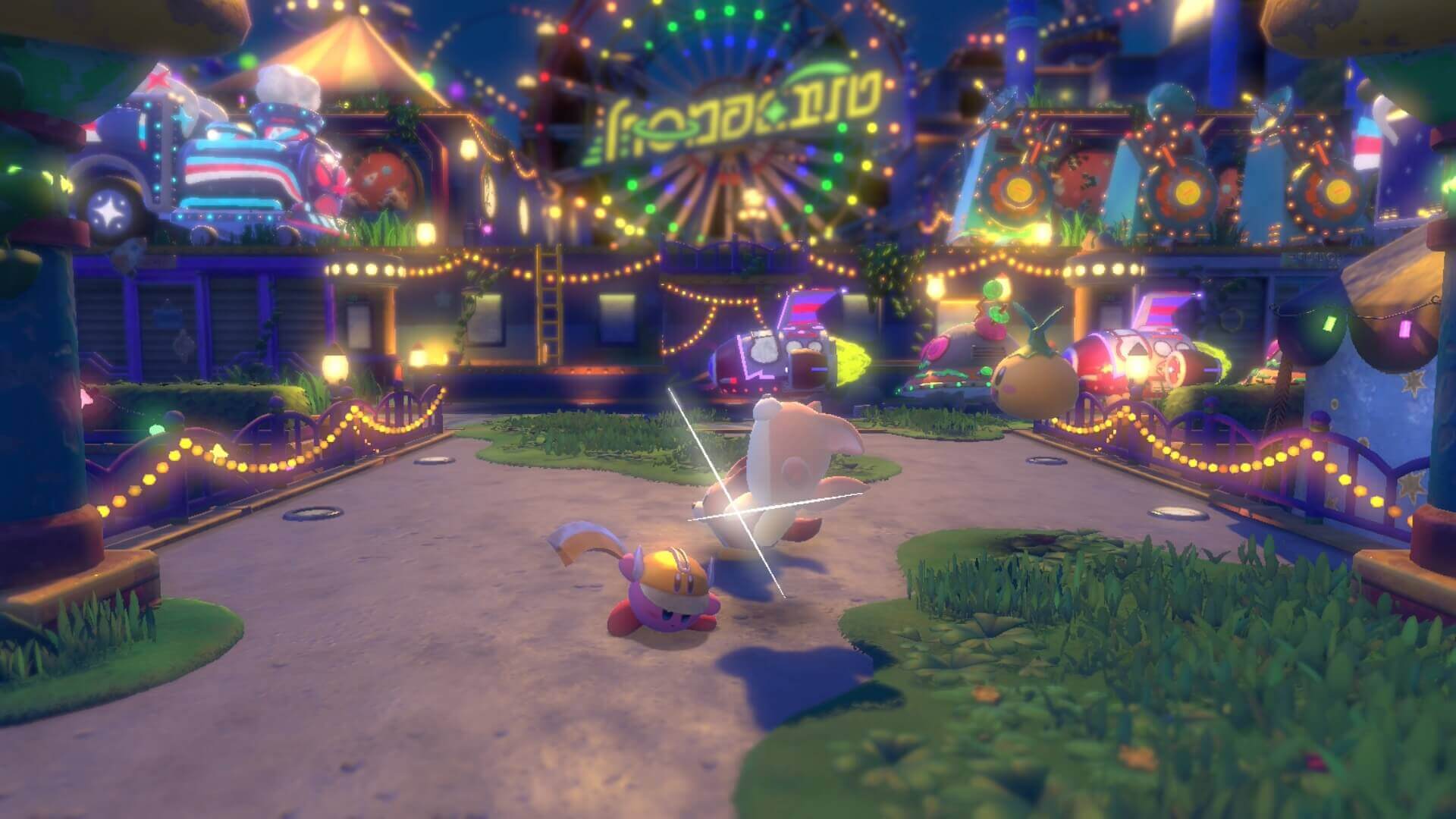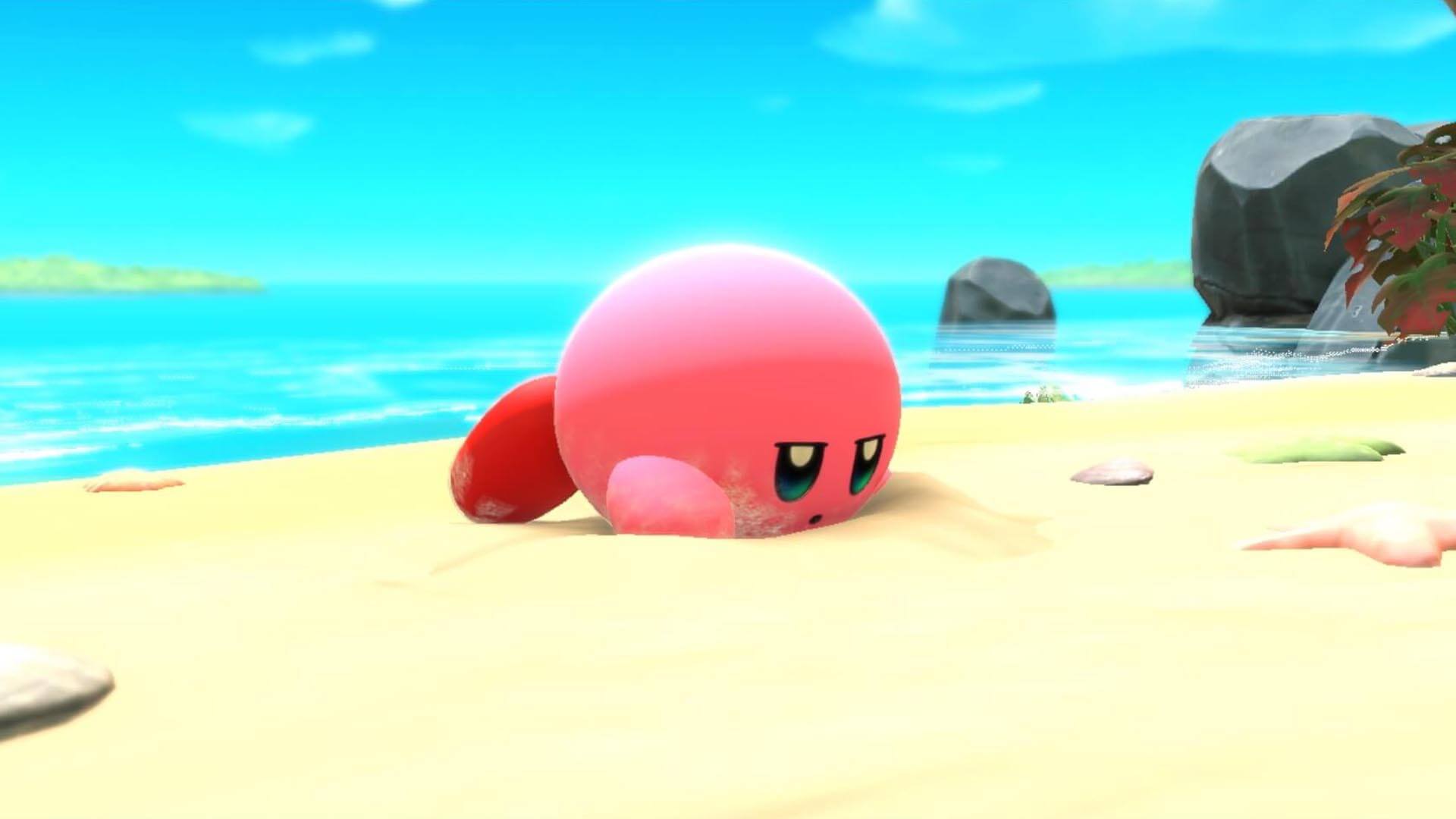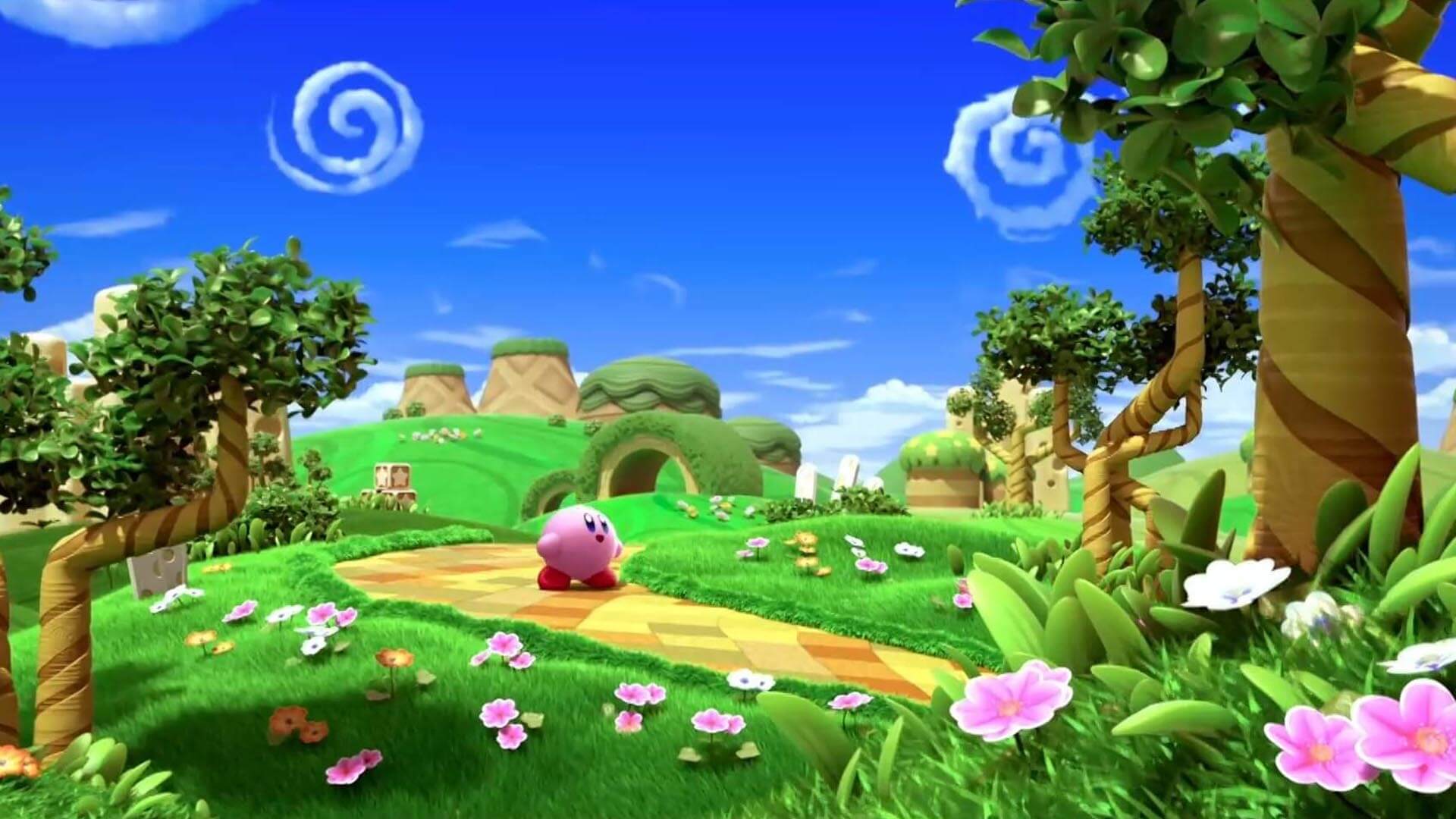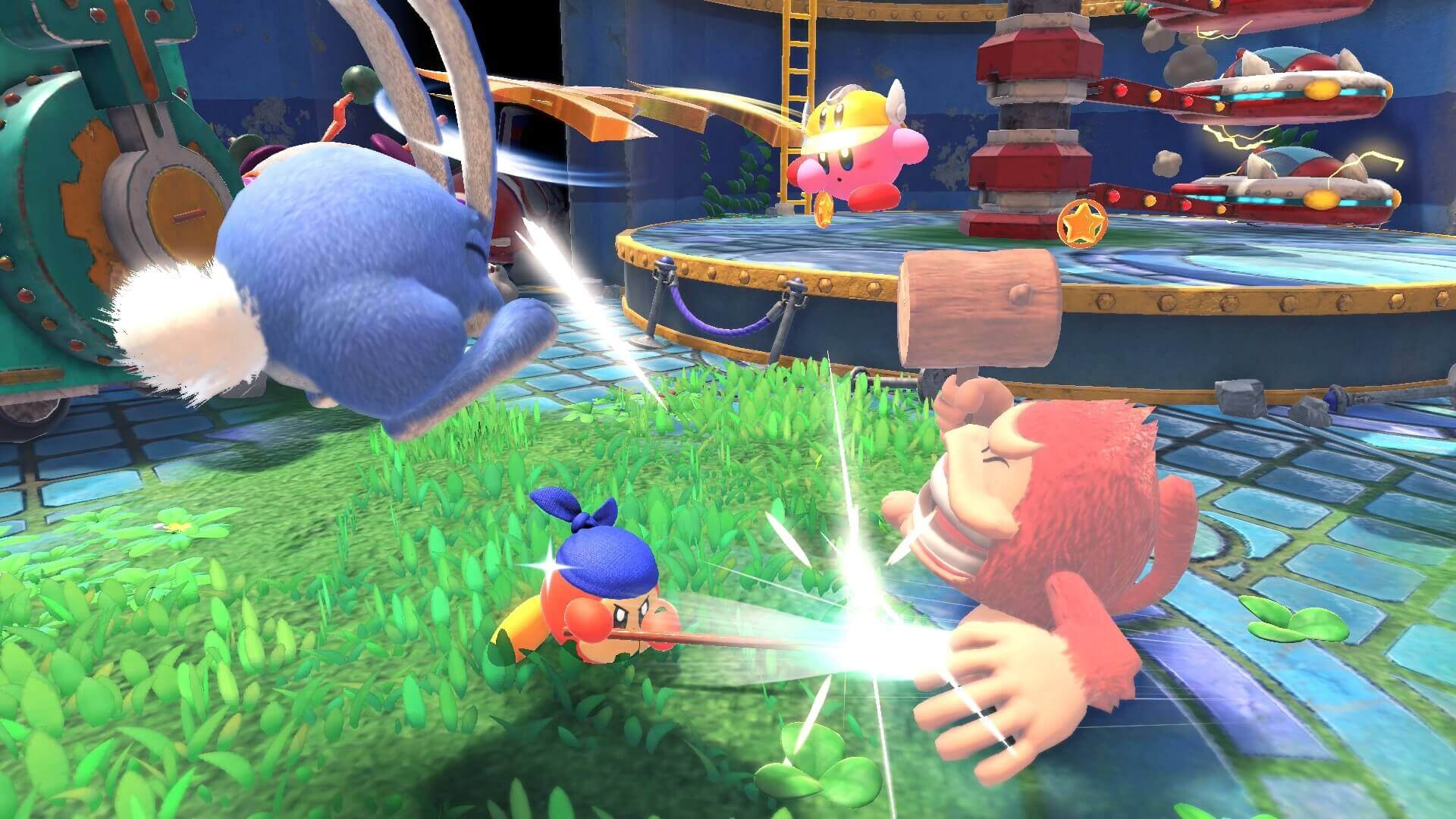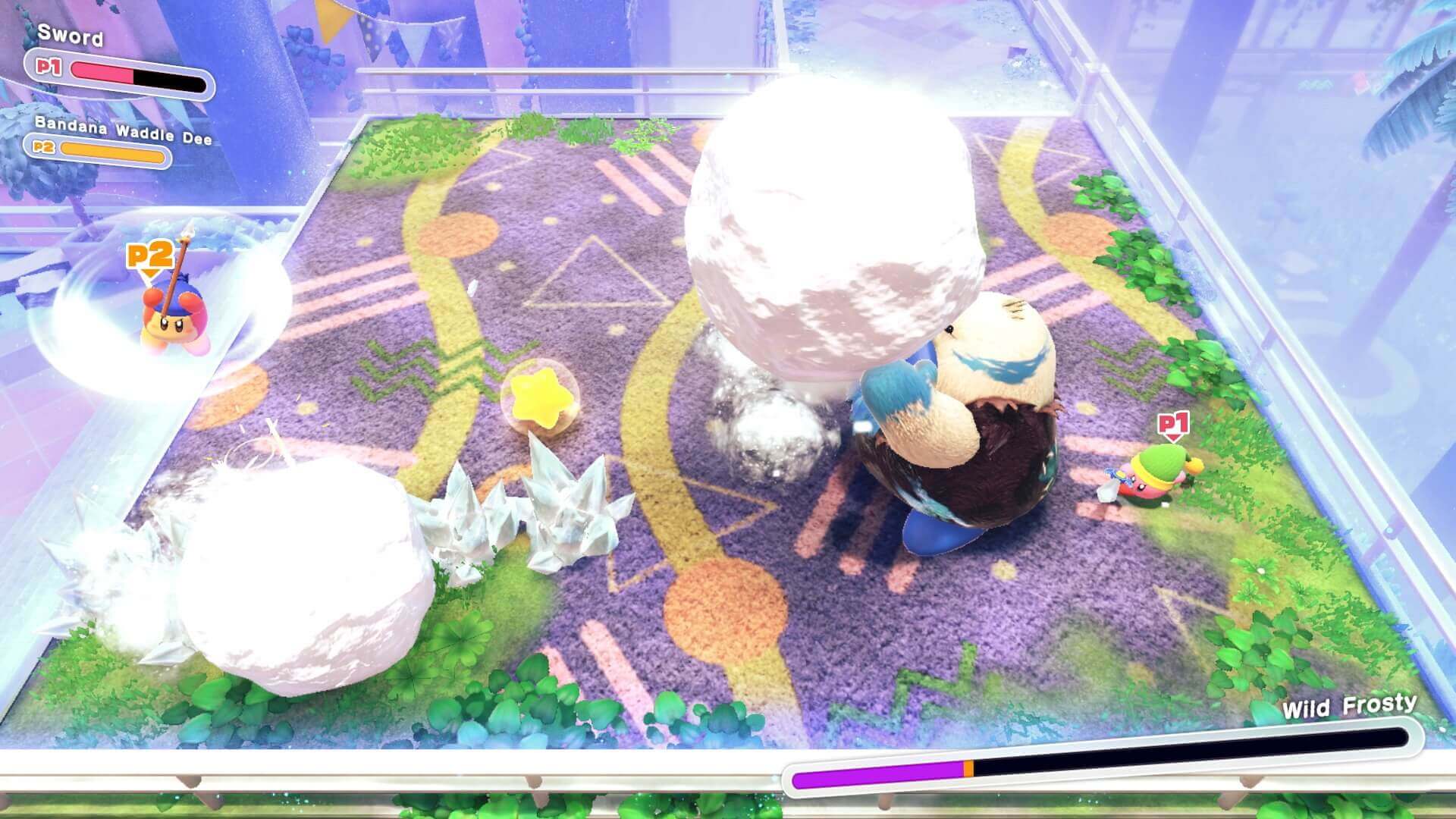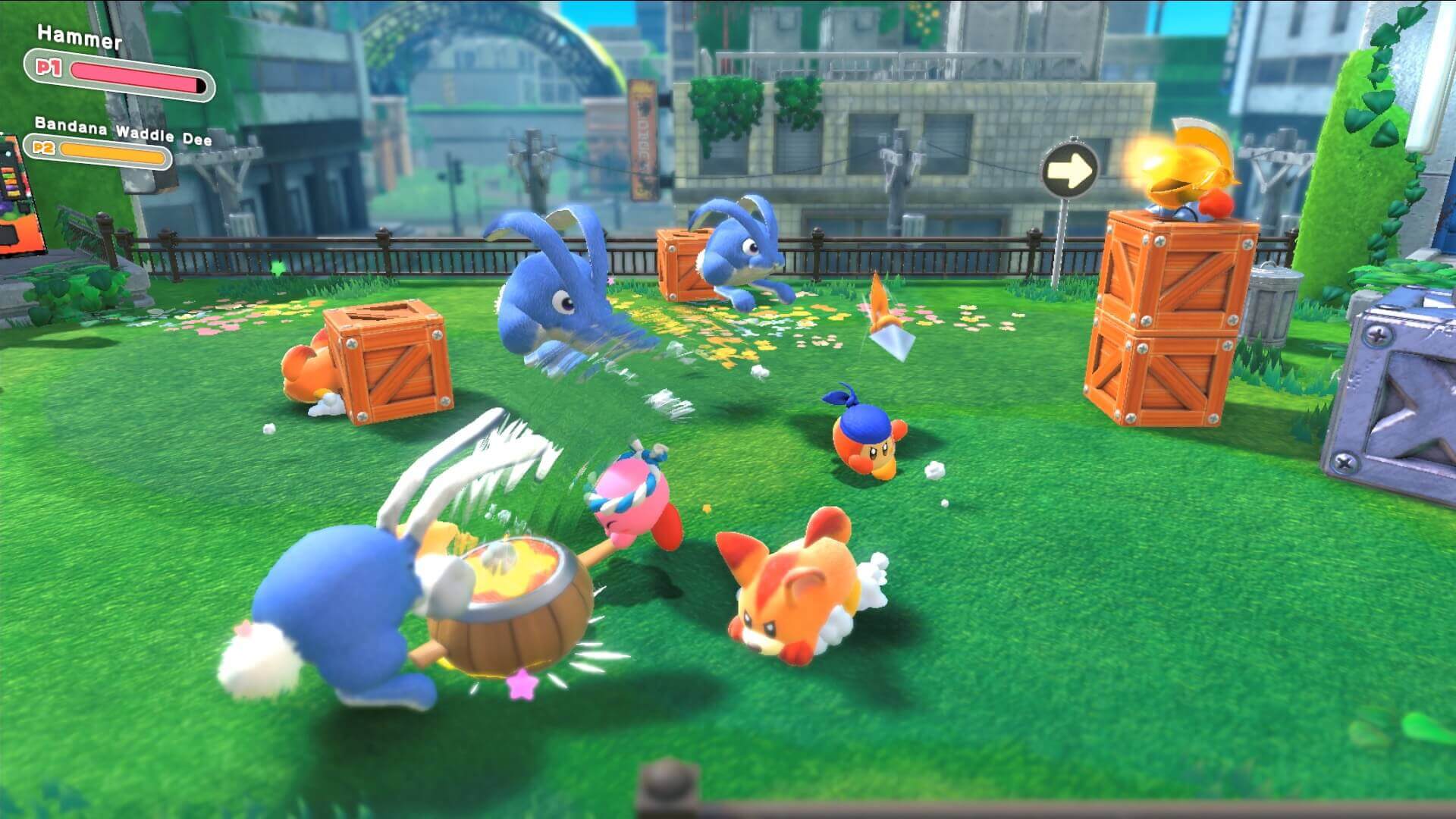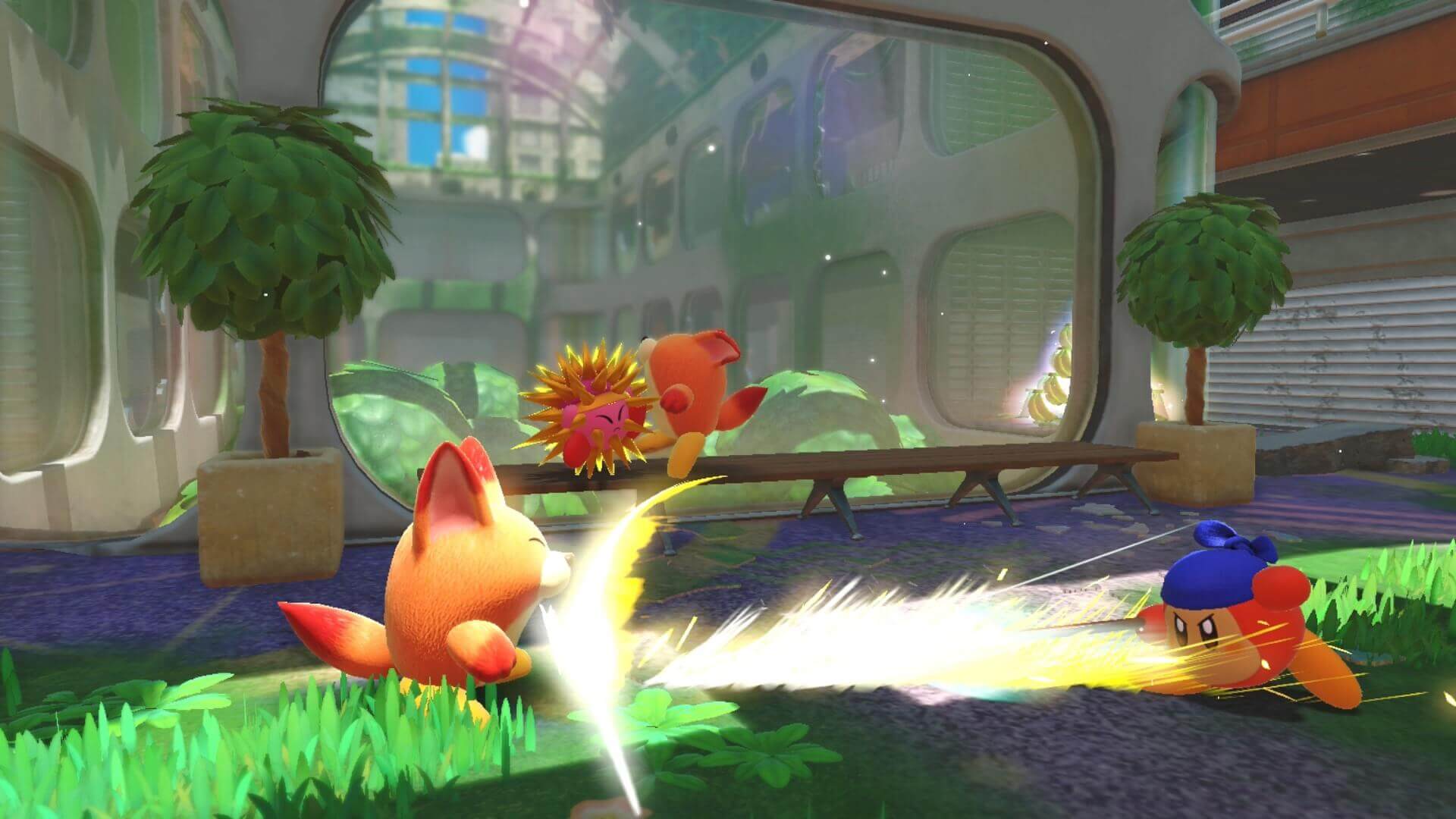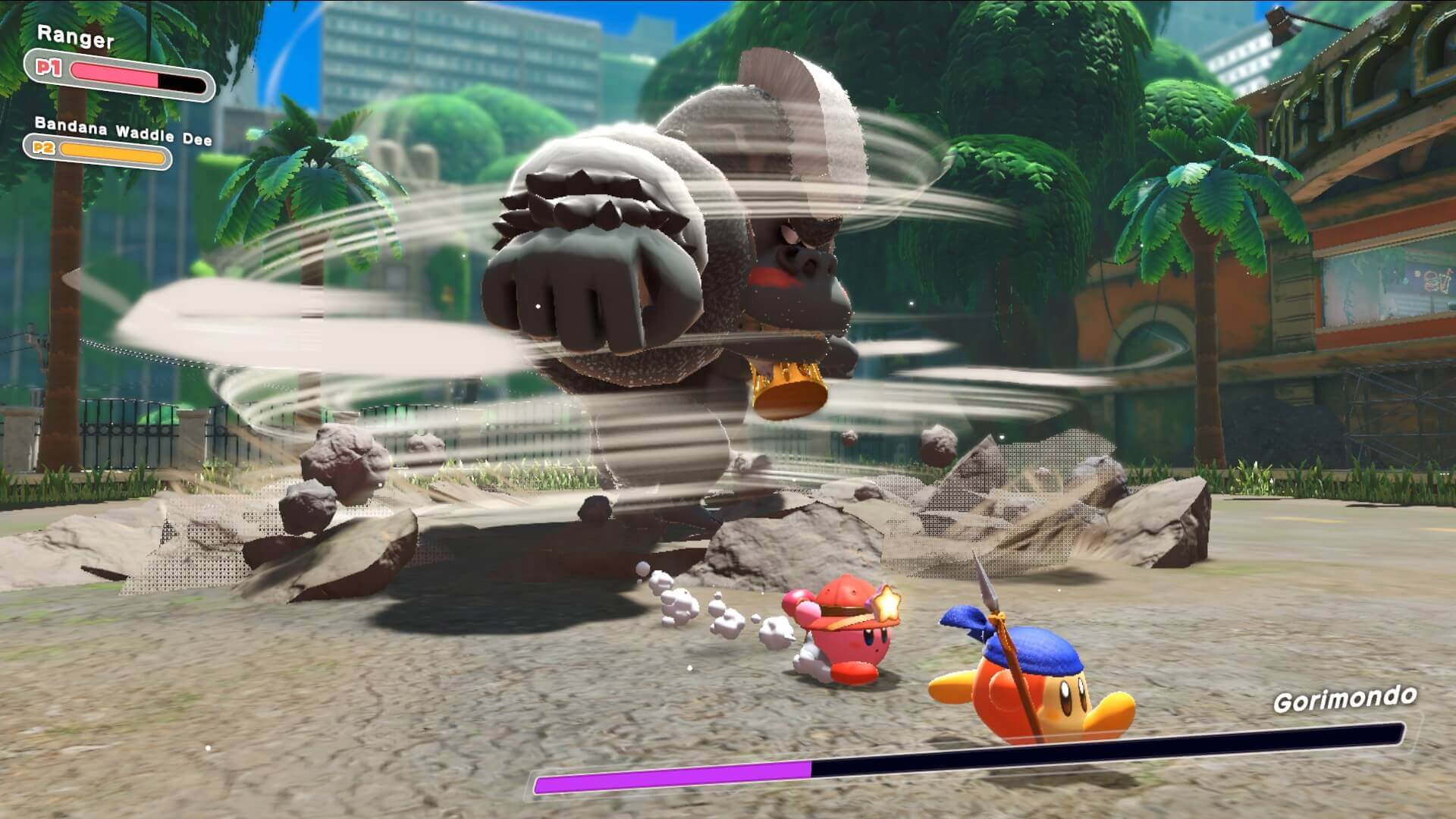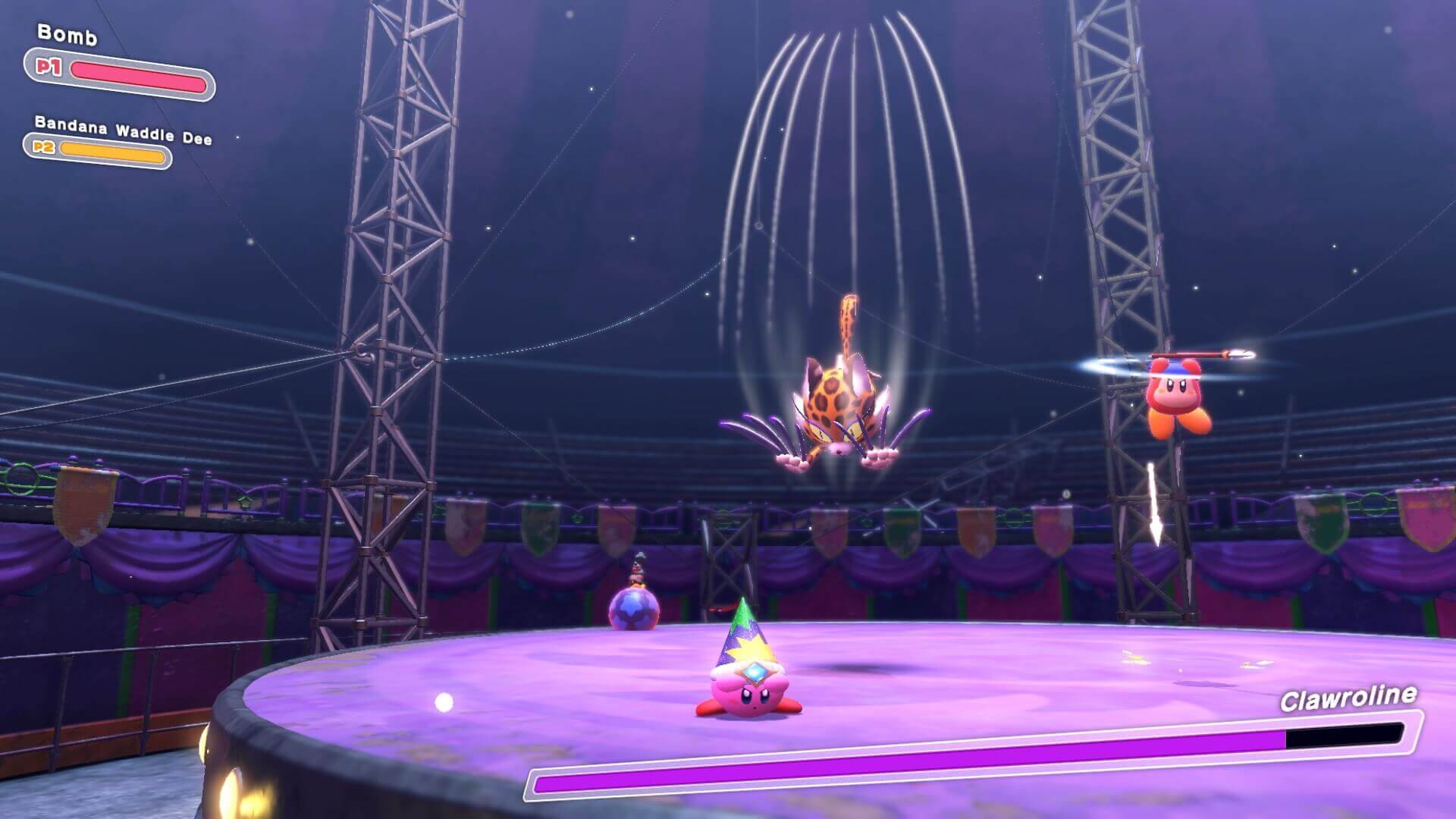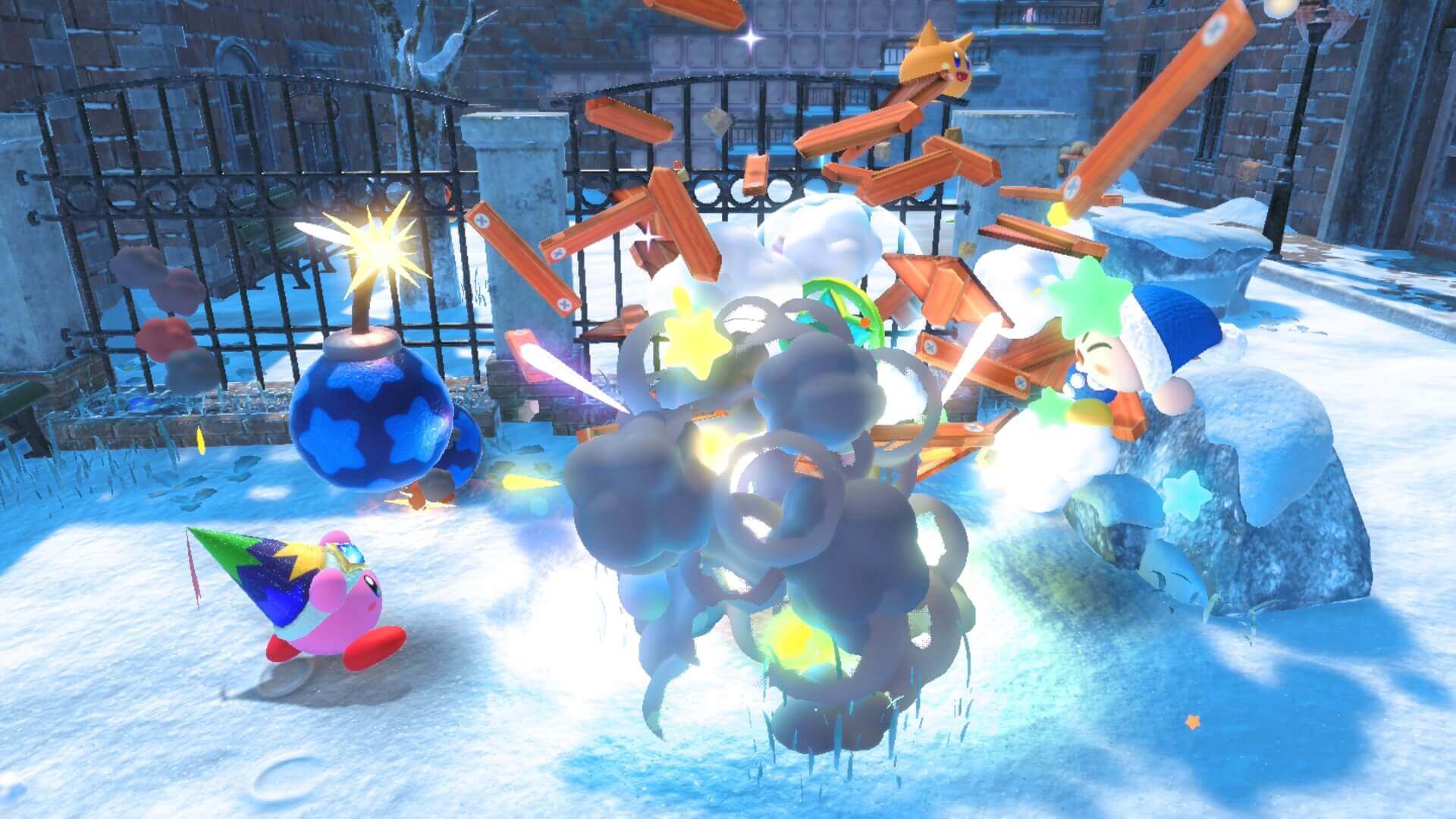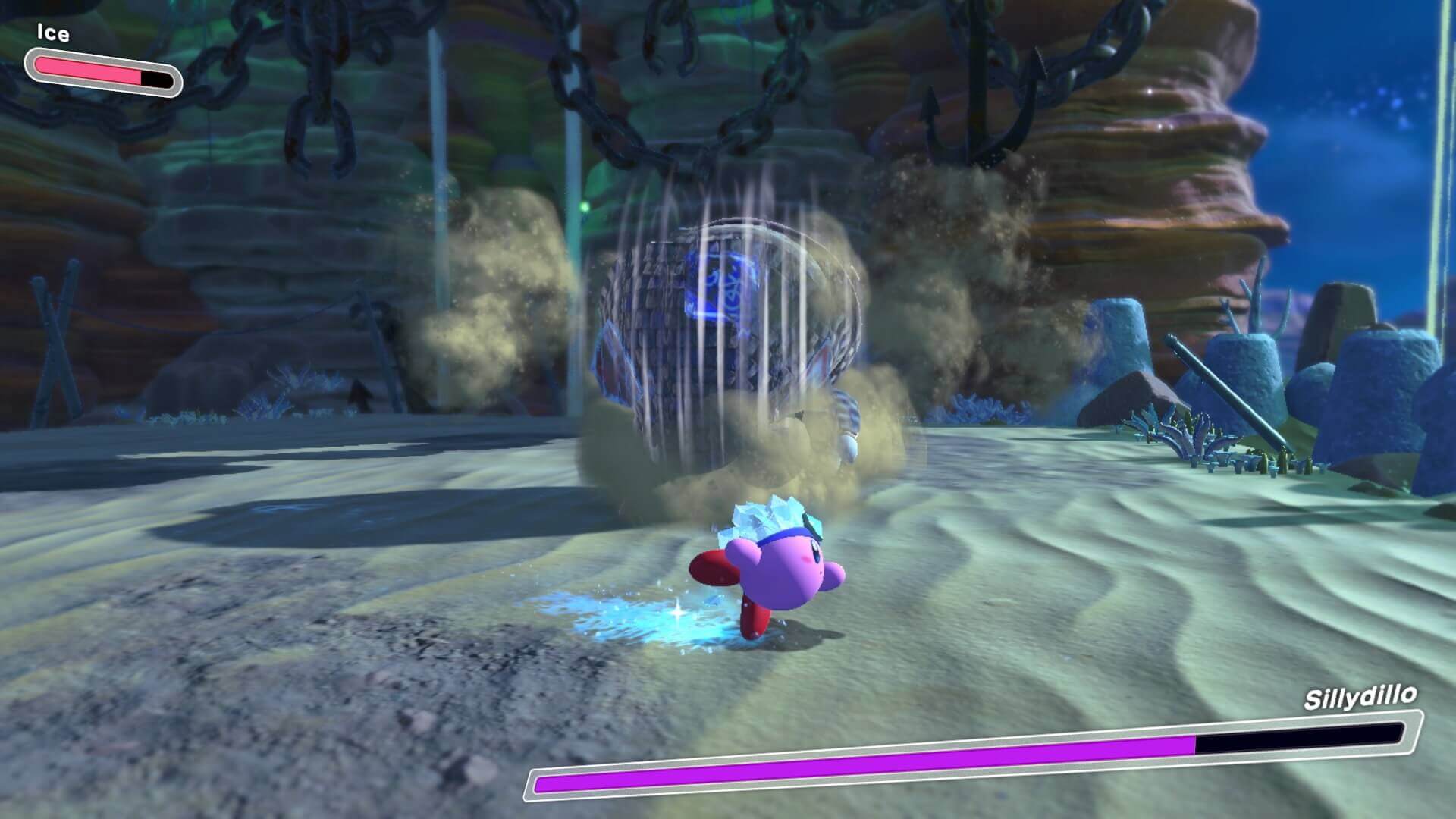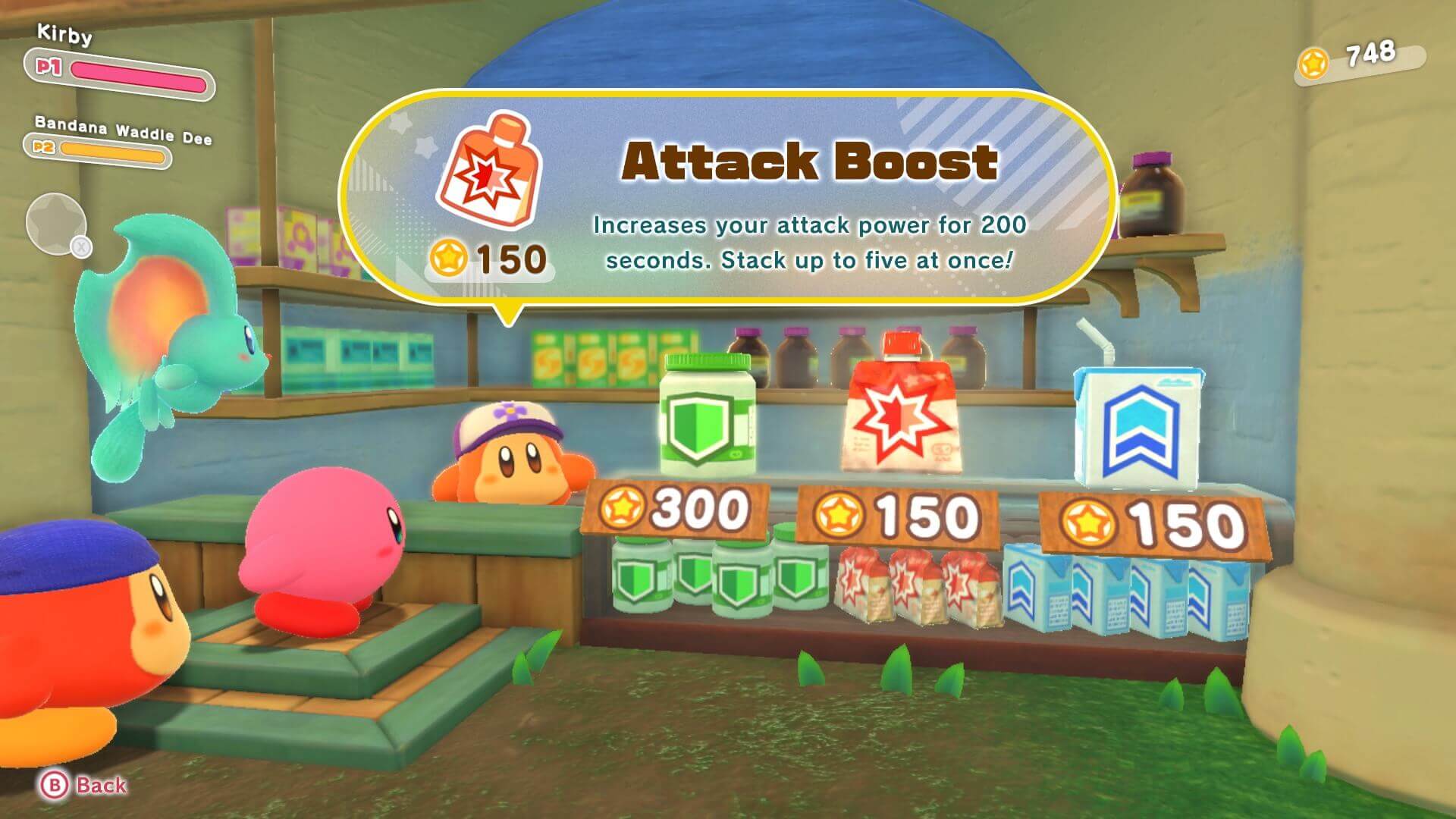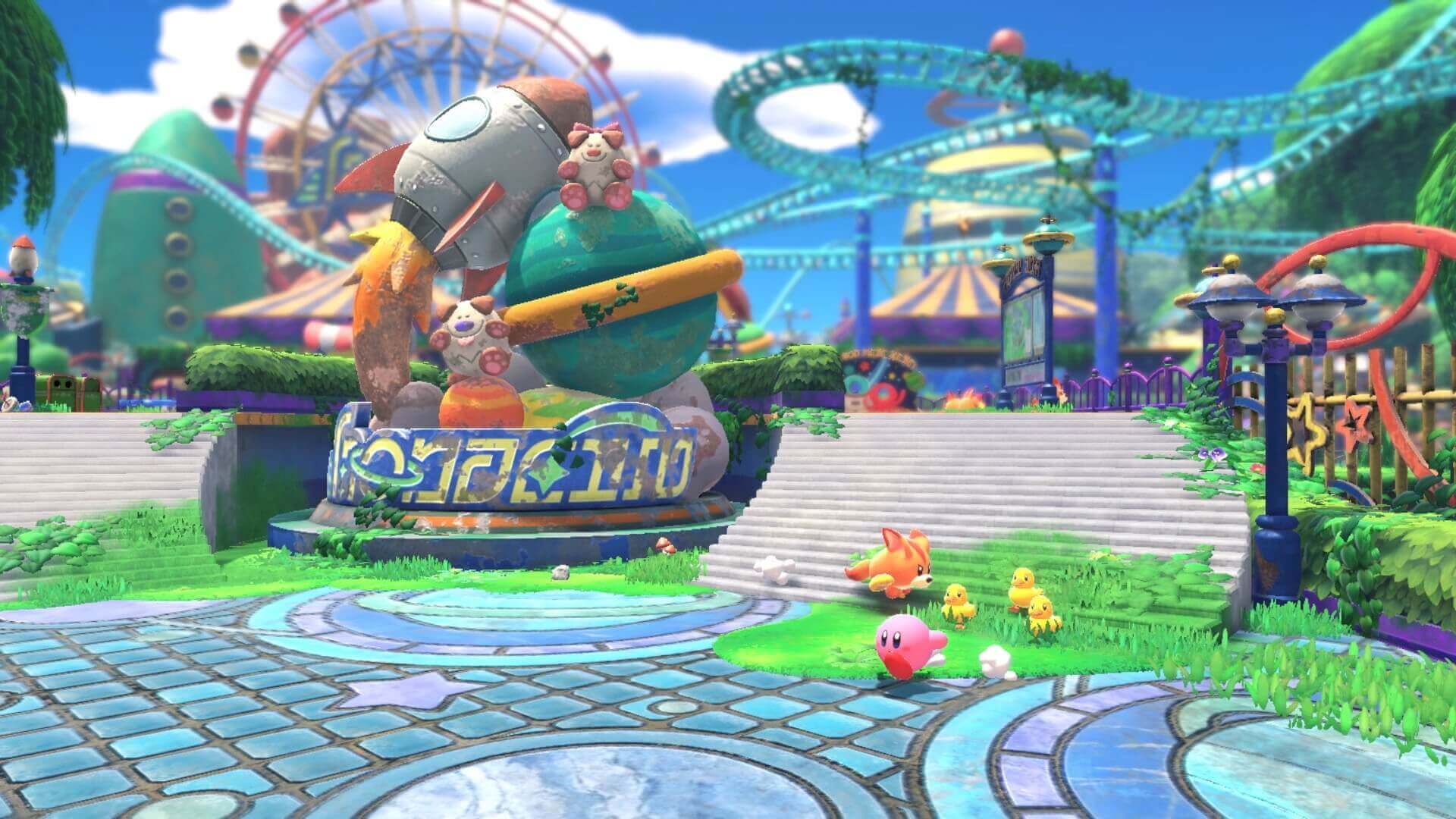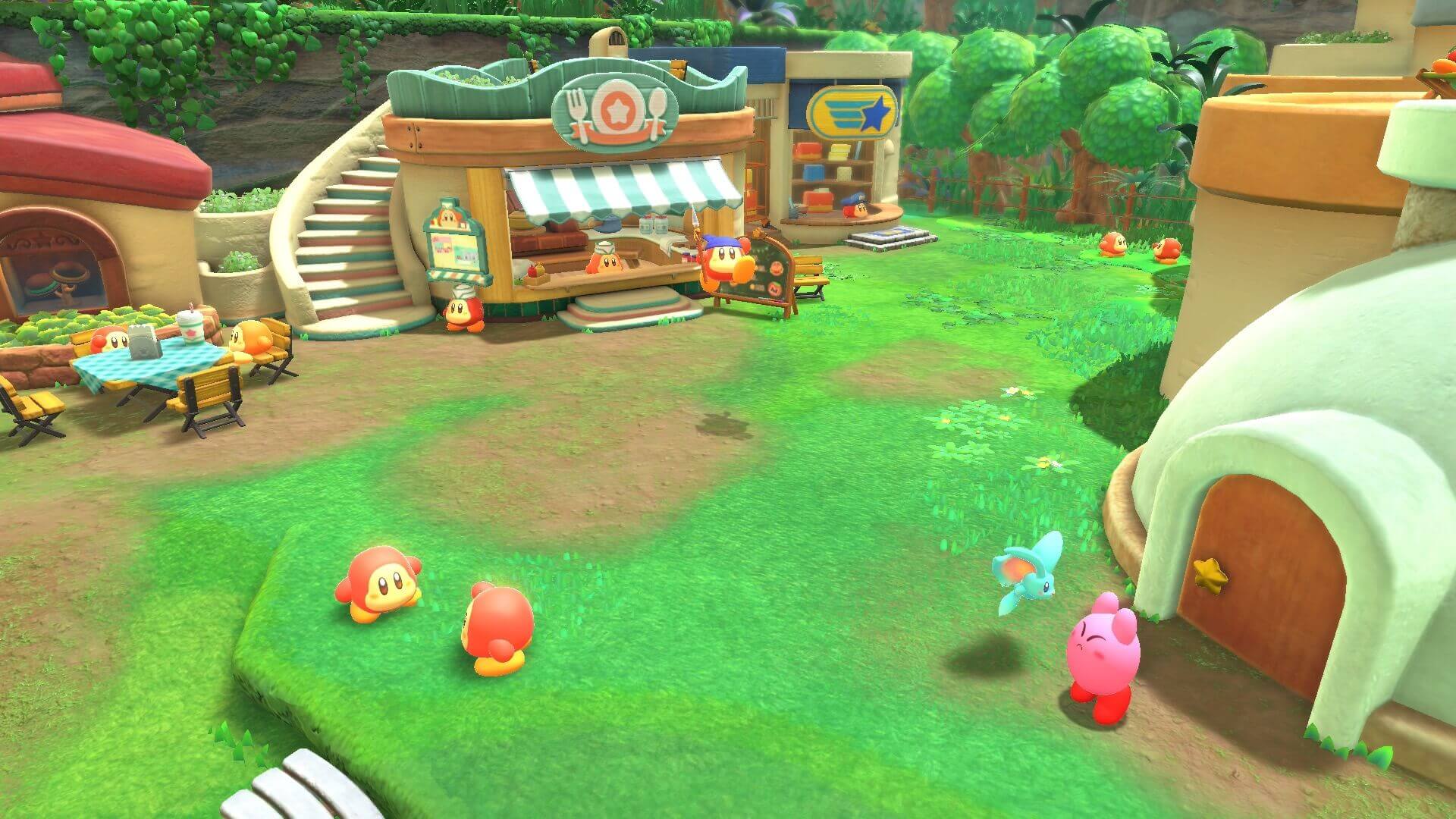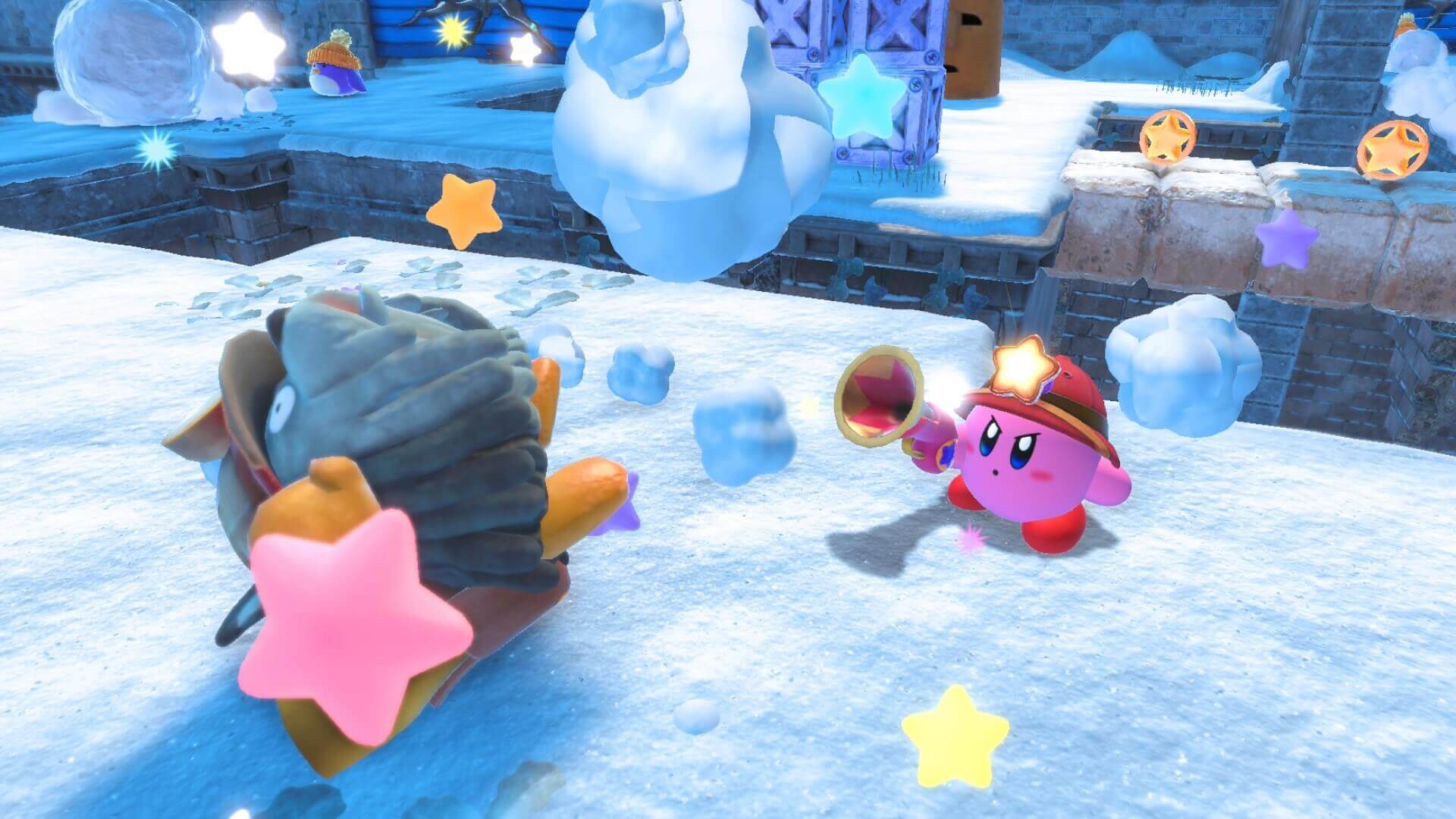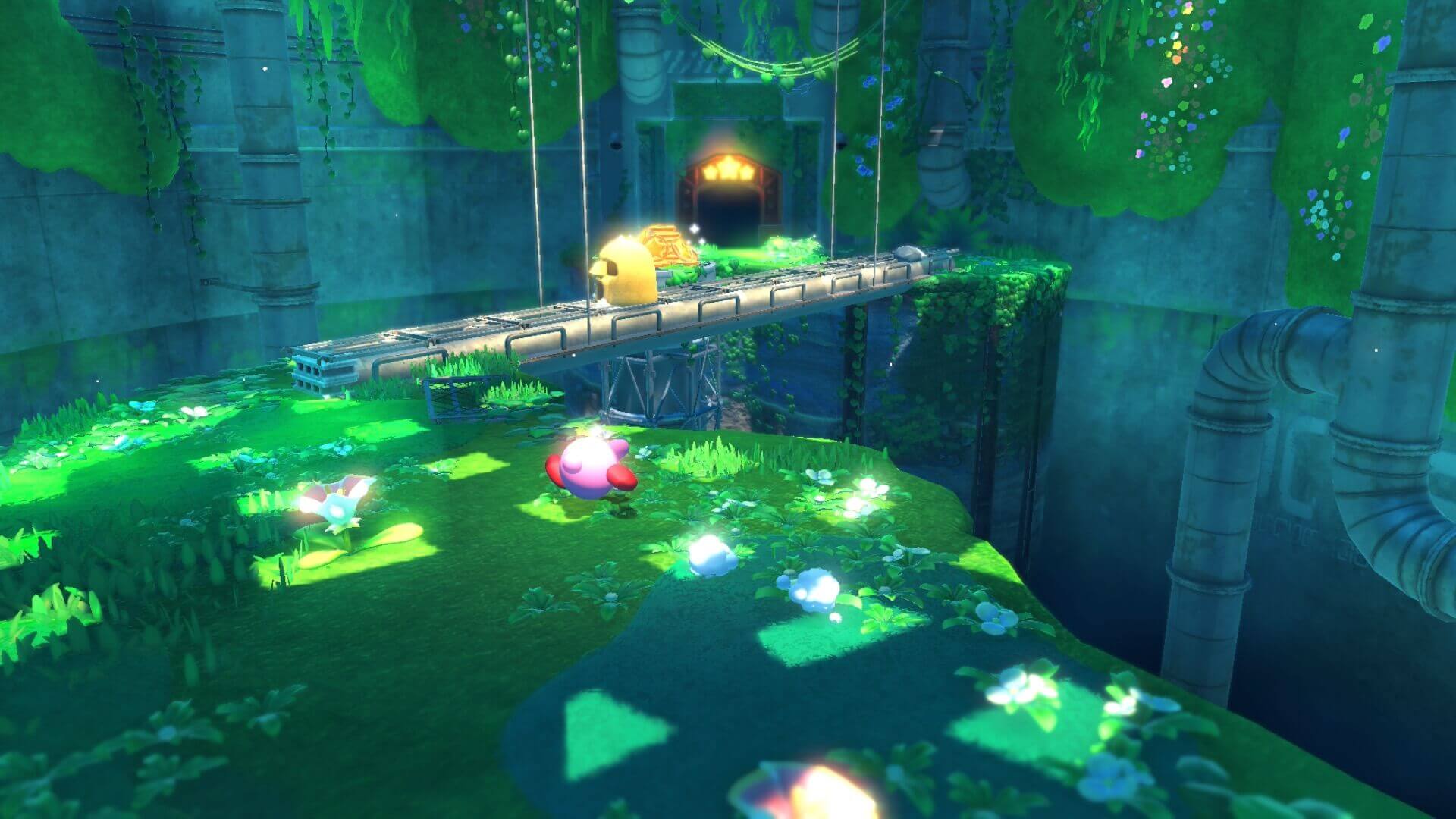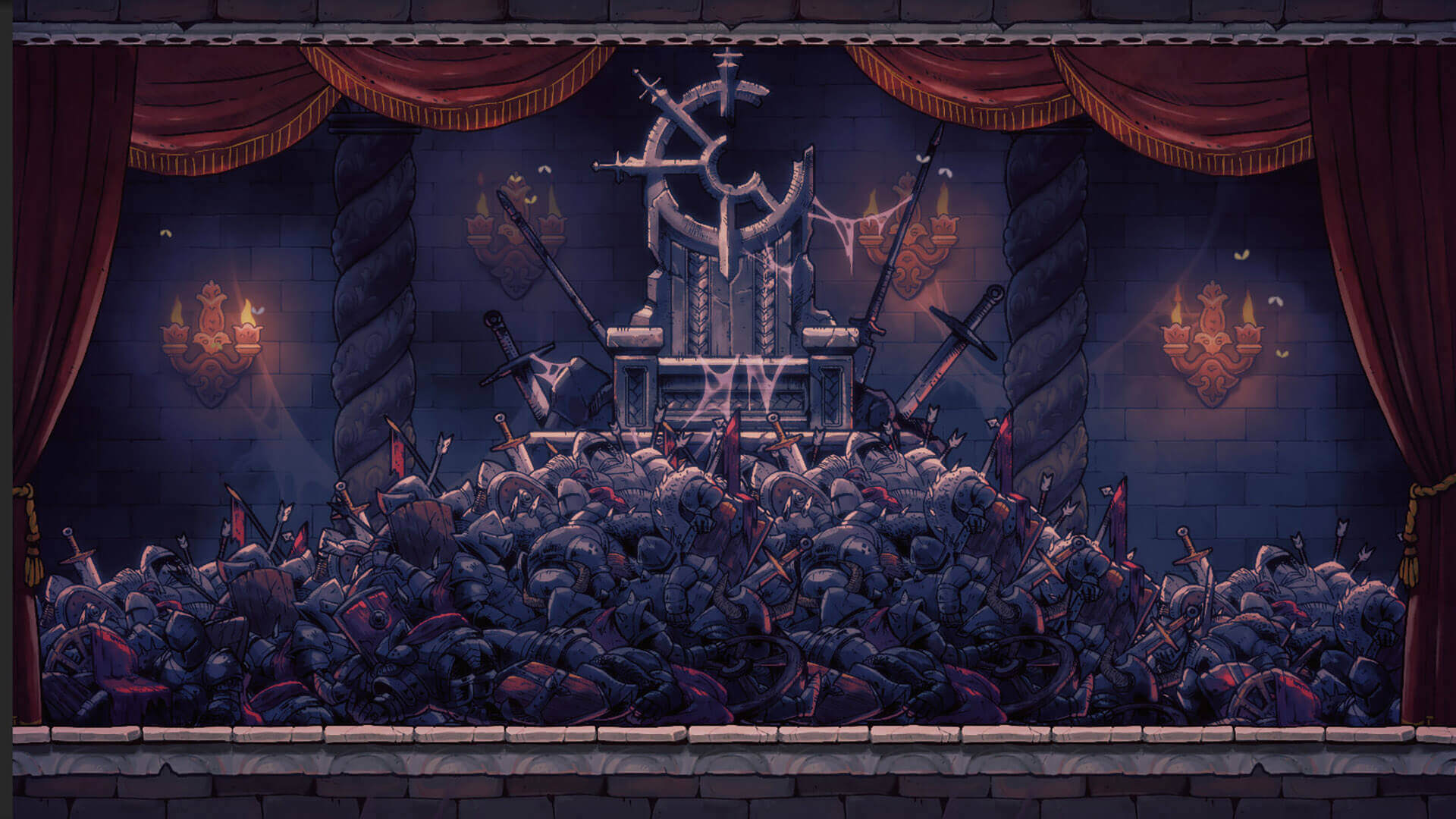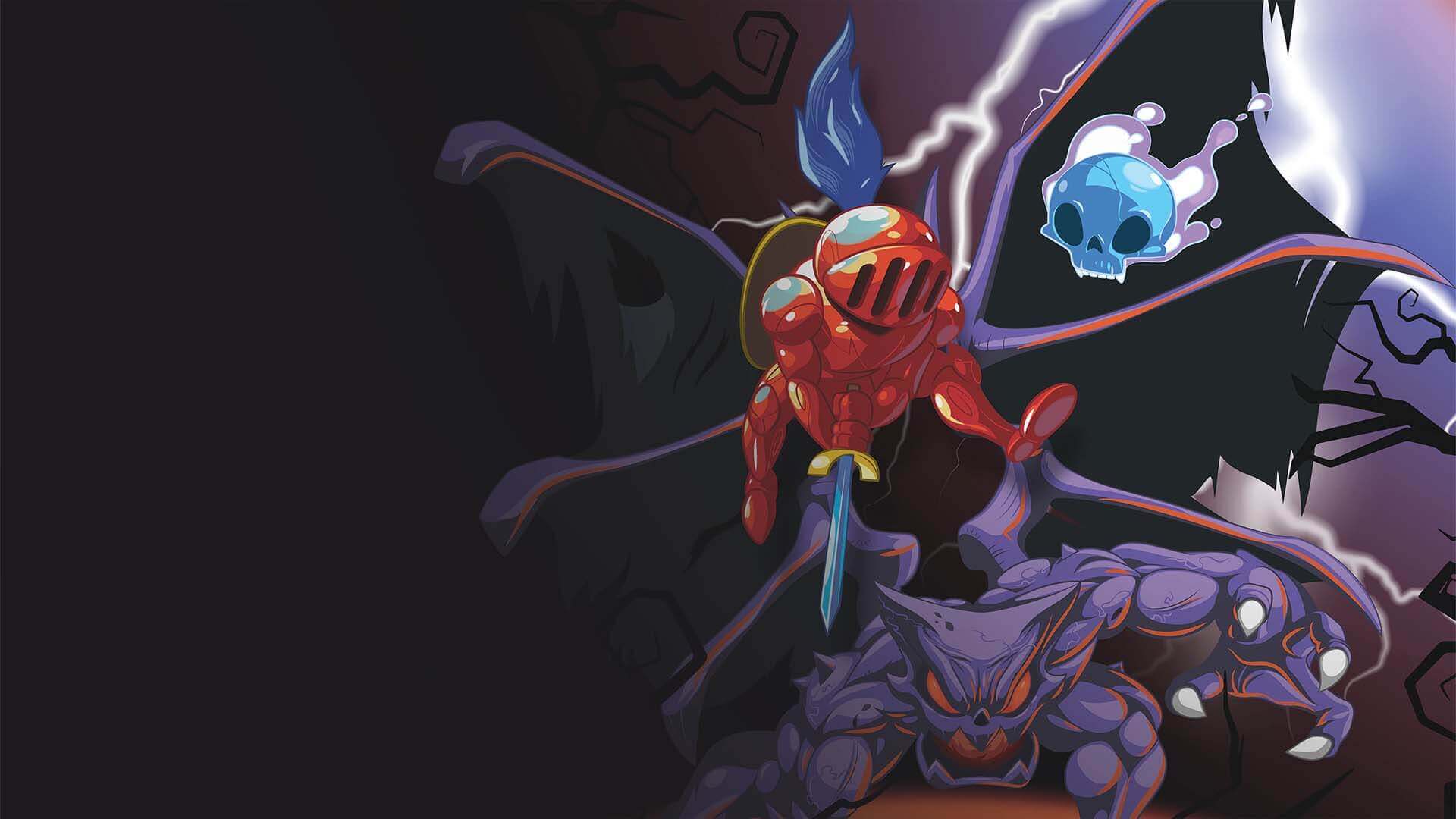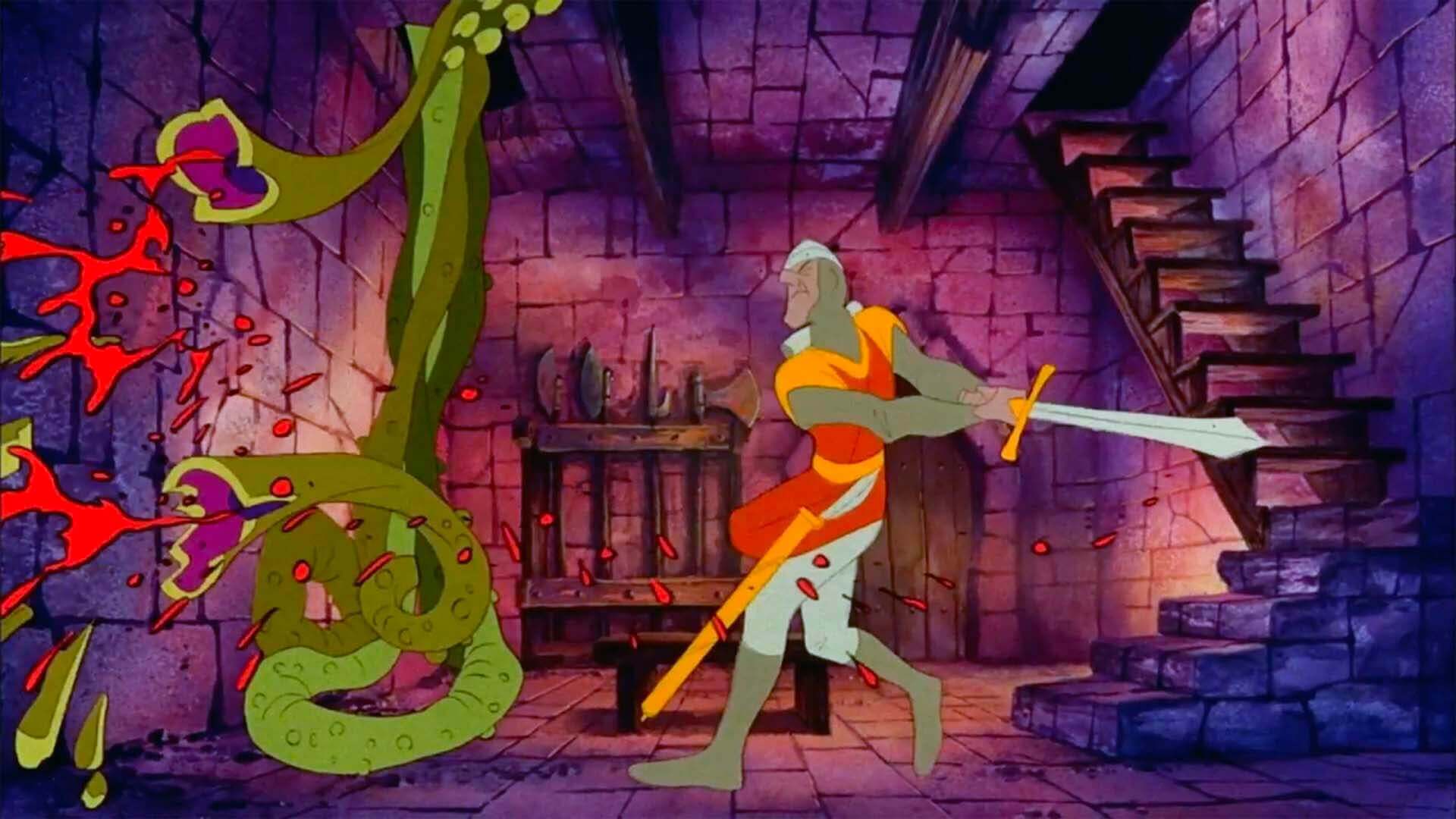March 30, 2022 — Kirby fans have dreamed about getting a proper 3D entry in the series for a long time now, and it’s not hard to imagine why. If Mario, Zelda, and other prolific Nintendo franchises can break into the third dimension, then why not Kirby, arguably among the company’s most consistently high-quality series to date?
“Now that the recently released Kirby and the Forgotten Land has finally made this long-awaited 3D shift, is the result worth it? The answer, at least from the perspective of a longtime Kirby fan, is an absolute YES!”
The thing is, developer HAL Laboratory has attempted to create a mainline 3D Kirby game for years now, but due to various complications, they weren’t able to do it in the past. But now that the recently released Kirby and the Forgotten Land has finally made this long-awaited 3D shift, is the result worth it?
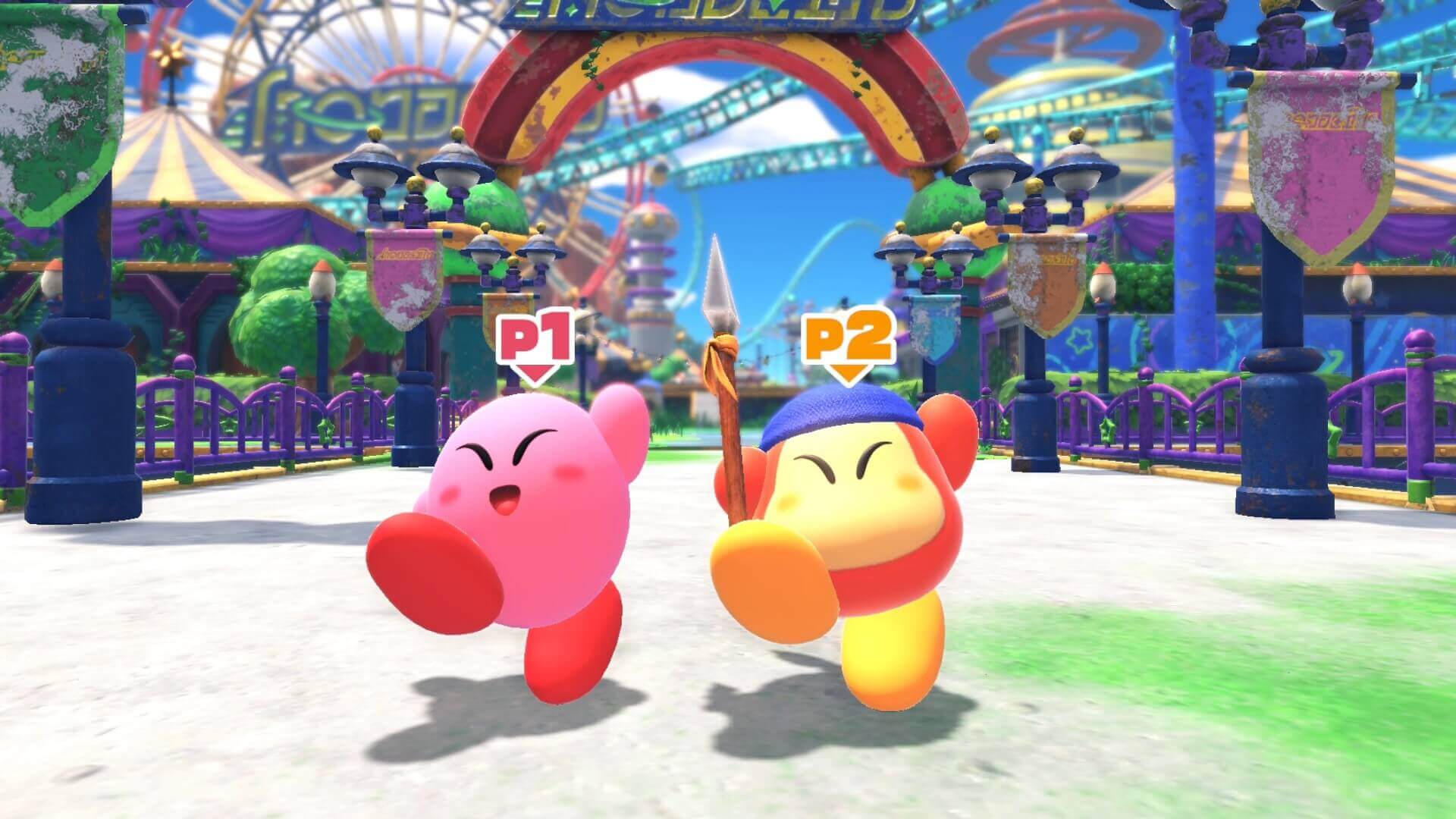
The answer, at least from the perspective of a longtime Kirby fan, is that it absolutely is.
The Tried and The New
This is not to say that this new installment drastically changes up the game’s tried-and-true structure to suit the new 3D gameplay. Much like, say, Super Mario 3D World, Kirby and the Forgotten Land is a very literal translation of the Kirby formula into 3D, as the levels adopt the same general pacing and rhythm as their 2D counterparts. Stages progress in a largely linear fashion, and they consist of extended, relaxed stretches where players can progress however they wish interspersed with more involved platforming and puzzle-solving challenges. Even then, many of these challenges are optional if you’re not going for full completion, so players who want to just coast along to the end can freely do so, at least for the most part.
Players less familiar with the franchise may find the approach to level design too simplistic, but it’s been a significant contributor to the series’ success over the years, and it works just as well here. Kirby titles have always been designed to appeal to players of all skill levels, including ones that have never touched a game before, which is a clever approach that ensures less-experienced gamers can comfortably progress through the adventure without too much stress. Meanwhile, the more involved sections allow those who want a bit more meat out of the game to fully engage with its mechanics while exploring them to the fullest.
Leaving No Gameplay Feature Unturned
Those who are doubtful of the level design can adequately make use of the myriad of gameplay mechanics and comfortably put any concern to rest. Much like previous entries in the series, Kirby and the Forgotten Land provides a ton of different abilities and features to mess around with, which include the trademark ‘Copy Ability’ as well as Mouthful Mode, a new feature focused on interacting with the environment and game world.
“Editor’s Note: The Kirby “Copy Ability” is a catch-all phrase referring to the game’s trademark ability use the special powers and skills of adversaries Kirby swallows using his inhale.”
The sheer variety on offer runs the risk of making at least some of the title’s numerous abilities feel insubstantial, but that’s fortunately not the case, as nearly every ability has multiple challenges dedicated to it (within the main levels). And if that wasn’t enough, almost every single ‘Copy Ability,’ Mouthful Mode and Kirby upgrade comes with at least one challenge stage that thoroughly explores the power’s specific quirks.
Once again, barely any of this is required to beat the main campaign, but the surprising number of extra challenges on offer make it difficult to accuse the game of underdeveloping its ideas — which is a huge point in its favor.
SIGN UP FOR YESTERMADE™ WEEKLY!
A Revamped ‘Copy Ability’ System
Speaking of copy abilities, they mark some of the game’s more substantial changes when compared to past entries. In a move that will probably disappoint some diehard Kirby fans, there are only 10 core copy abilities to choose from, discounting Crash and Sleep, and unlike more recent releases in the series, which featured fairly expansive movesets for each ability, Kirby and the Forgotten Land’s abilities tend to feature only two or three moves on average. The switch to 3D makes these limitations understandable, especially considering how difficult it is to map out an expansive moveset in a 3D setting without overcomplicating the controls. But going from the more expressive modern entries straight to this game may ultimately prove too jarring for some.
“Kirby makes the most out of the new abilities and movesets it has, as many of them have fun intricacies and quirks that past, non-3D games didn’t offer.”
Despite this, Kirby in 3D really isn’t harmed much by the player’s more limited kit. The title makes the most out of the abilities and movesets it has, as many of them have fun intricacies and quirks that even past games didn’t offer. What makes these intricacies even better is they are often tailor-made to take advantage of the new three-dimensional space. The Cutter ability, for instance, now has a new function where players can hold their cutter projectiles in place after throwing them. Once they do so, they can position themselves in such a way that causes the cutter to careen right into enemies as it returns to its sender, a unique interaction that likely would not have been quite as satisfying to pull off in a strictly 2D environment.
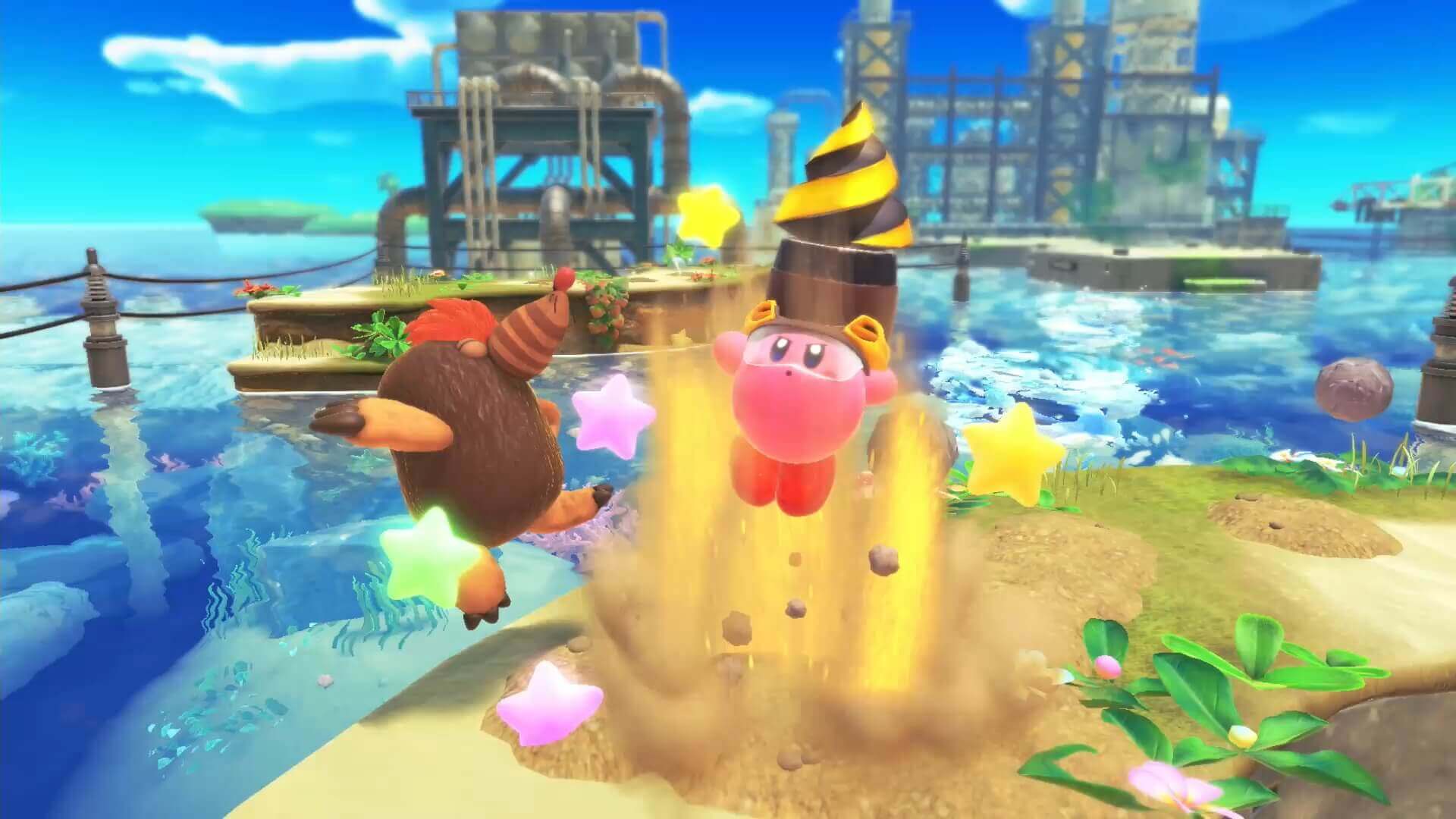
Similarly, Needle, which has often been a fairly middling ability in past games, has been reworked so players can roll around and gather up enemies Katamari-style to maintain their rolling speed. In 2D, such an interaction likely would have involved simply holding right without much thought, but thanks to the added Z-axis, the mechanic can serve as a fun, self-imposed challenge where players carefully maneuver Kirby to see how many enemies can be rolled up in a single streak.
Another addition that specifically makes up for the reduced number of copy abilities is the upgrade system. By finding blueprints in levels, players gain access to around two upgraded versions of each ability that modify Kirby’s properties in some way. Although these modifications never fundamentally change how the abilities control, they are often more substantial than one would expect, which makes them incredibly rewarding to unlock and a whole lot of fun to experiment with.
“What makes the newly introduced upgrades interesting is that third-tier powerups and above do not outright invalidate the second-tier variants.”
What makes the newly introduced upgrades even more interesting is that the third-tier powerups and above do not always outright invalidate the second-tier variants. Some of the third-tier upgrades are straight-up improvements over the abilities’ previous iterations, but others implement specific advantages and disadvantages that may lead players to ultimately prefer certain second-tier powerups. For example, the third-tier upgrade of the Hammer ability has some stupidly powerful attacks, but they come out slower than those of the second-tier upgrade, which is faster than the others and features a unique 5-hit combo attack. These little nuances go a long way toward making each upgrade feel valuable and distinct, and they really encourage players to form their own playstyle.
Fight and Engage How You Want
Accommodating different playstyles is something that the series really excels at, and this can perhaps best be seen in how both enemy — and especially boss encounters — can be approached. If players choose, they can forgo using any powers and engage with enemy encounters much as they would in any other platformer, only going in for attacks specifically when a boss provides the means to do so. Those who want more control over the fight can opt to use copy abilities to freely attack bosses during opportune moments while jumping, sliding, or hovering to get out of harm’s way.
Alternatively, players can treat Kirby and the Forgotten Land as a straight-up action game. The series incorporates fighting and action game mechanics on a regular basis, but it is here where the action influences are arguably at their most apparent. Despite the reduced movesets, the copy abilities still provide players with plenty of ways to close distance and optimize damage output against bosses, making highly aggressive play a more than viable option.
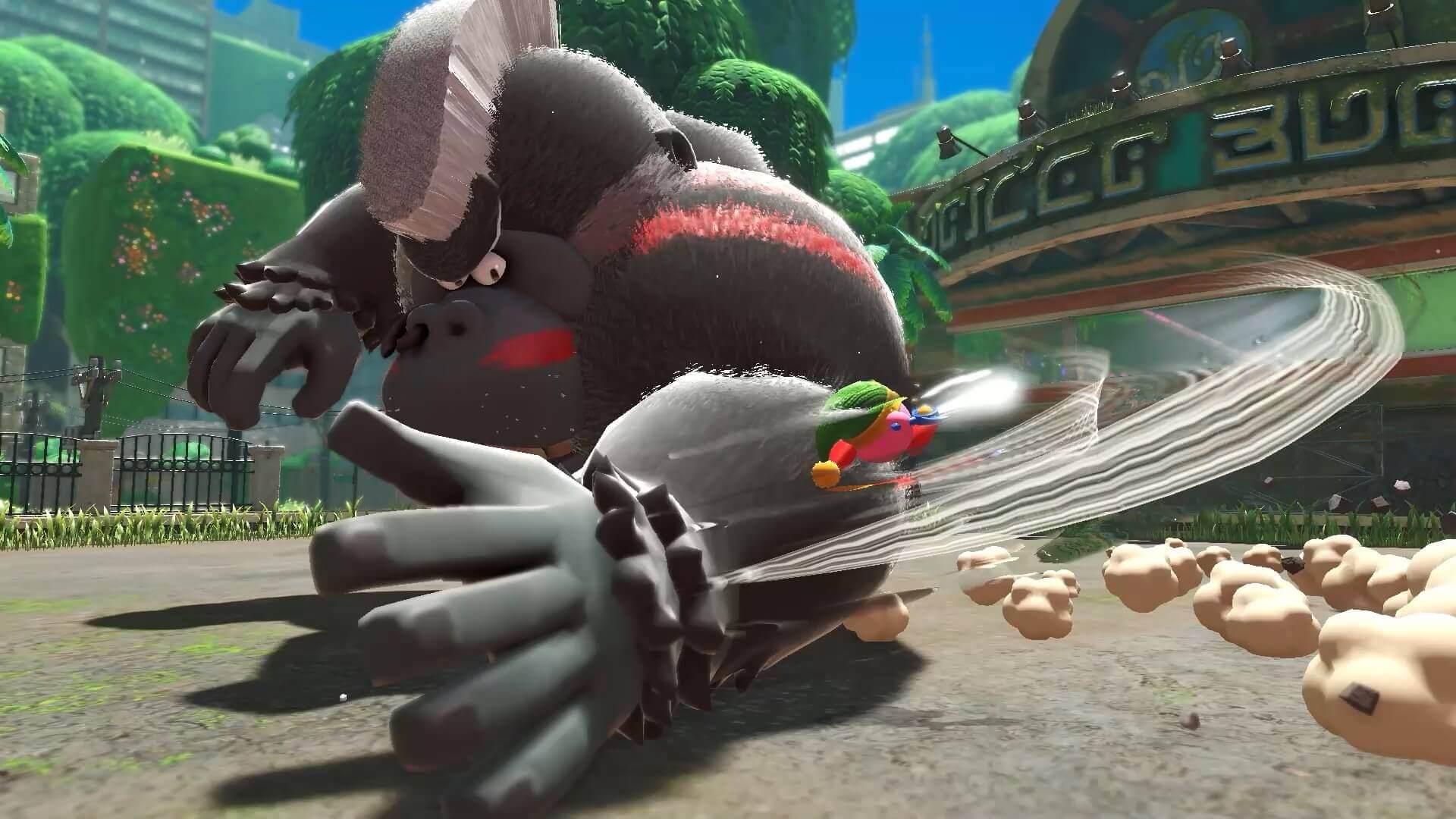
To top it all off, the game managed to sneak in a Bayonetta-style perfect dodge mechanic where players can briefly slow down time and deal major damage against opponents after avoiding an attack at the last second. As far as I’m aware, this technique is never taught to players at any point during the game, and learning it is not strictly necessary to beat the game. However, it’s still there for players looking for a more action-focused experience, which is incredibly admirable for the developers to do. Speaking from personal experience, once I started to make more use of the perfect dodge, it was almost like playing a completely different game, one that was noticeably less easy-going than the initial hours.
“The game’s boss fights are among the most engaging in the entire series.”
And frankly, it’s incredibly rewarding to play the game in this way. Bosses in Kirby and the Forgotten Land often have a duel-like feel to them, and they often utilize well-telegraphed physical attacks that specifically incentivize the use of the dodge to maintain the fight’s momentum. The dodge encouraged me to really study the bosses’ attack animations and timings to take further advantage of their openings, which is a weirdly cool thing to experience in such a child-friendly game. All this made the game’s boss fights among the most engaging in the entire series, which is saying a lot, as the main Kirby installments almost always get the boss encounters right.
Even though Kirby and the Forgotten Land can be a deceptively hardcore experience for those willing to dig deep enough, it’s still wonderfully relaxing and comfy for most of its runtime. It’s incredibly easy to get lost in the atmosphere of each level and the often whimsical background music that accompanies it, and it helps that between each stage, players can always return to the Waddle Dee Town hub area to unwind. Seeing the town grow and introduce more side activities over the course of the game is always a treat, and small details like the Waddle Dees responding to your waving commands really bring the place to life. There’s something about the calming vibe of most Kirby games that makes them almost impossible not to fall in love with, and Kirby and the Forgotten Land has thankfully not lost an ounce of that touch.
Hunger Pangs: A Game Not Entirely Without Faults
This all sounds like unbelievably high praise so far, but Kirby and the Forgotten Land is not without a few faults. One is that it’s not always clear how the invincibility frames awarded through the perfect dodge mechanic are supposed to work. From what I can tell, the perfect dodge is supposed to render the player invulnerable only to the specific attack that triggered the slow-motion effect. To clarify, this means that if players perfect-dodge a jumping attack but not the shockwave that comes afterward, they can still get hit.
“It is annoying having to go back to the world map every time a no-damage boss fight is lost, and considering many modern games include an instant retry option, expecting Kirby to include a similar, industry-standard feature is certainly not unreasonable.”
But then there were other times when it seemed like the perfect dodge left me invulnerable to a different attack entirely, and there were even rare times when I perfect-dodged an attack only to get hit by its lingering hitbox. None of this made the perfect dodge any less useful or fun to pull off, but it did lead to some bizarre and sometimes frustrating interactions that ideally shouldn’t have been there.
Additionally, the game could have used some more quality-of-life features. For example, pausing the game does not provide the option to instantly restart a stage. Instead, players must quit back to the world map and re-select the stage, which not only feels clumsy but is also unideal for a game that features optional objectives to complete per level. I found myself feeling annoyed over having to go back to the world map every time I failed a no-damage challenge in a boss fight, and considering many modern games include an instant retry option, expecting Kirby to include a similar, industry-standard feature is certainly not unreasonable.
THE GOOD STUFF
- The gameplay successfully translates the classic Kirby formula into 3D.
- Campaign squeezes the most out of nearly every ability through its optional challenges.
- Copy abilities are bolstered by fun nuances as well as the upgrade system.
- Elements like the music and hub world make the game irresistibly charming.
CONCERNS
- Rules surrounding the perfect dodge mechanic are unclear.
- The lack of an instant retry option adds needless frustration.
Thoughtful Conclusion
Ultimately, though, these flaws are easy to forgive, as Kirby and the Forgotten Land is a better initial 3D outing for the franchise than I could have ever hoped for. Even though HAL Laboratory has never made a Kirby game of this scale before, they approached the project with a staggering degree of confidence, and the result is a game that has it all. A charming atmosphere, simple and approachable gameplay, a surprisingly high skill ceiling, and a robust campaign. All of this makes for what is easily among the best entries in the series — and this is without mentioning the game’s frankly insane ending, one that I’ll undoubtedly think back to fondly for a long time. To be clear, go play Kirby and the Forgotten Land now — regardless of your skill level, you likely won’t be disappointed.
Released on March 25, 2002, Kirby and the Forgotten Land is a classical platformer by Japanese veteran developer HAL Laboratory and published by Nintendo for the Switch. It is the seventeenth game in the series excluding spinoffs, and the first Kirby title to be made in full 3D. A free demo is available for download from the Nintendo eShop.

